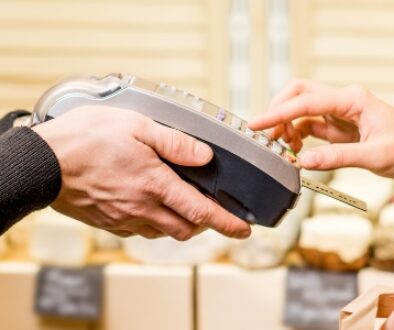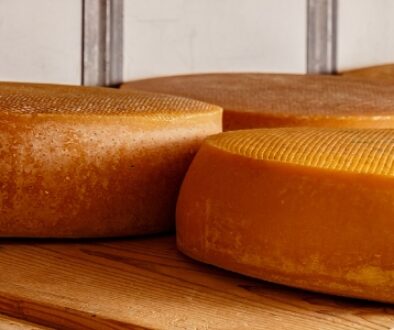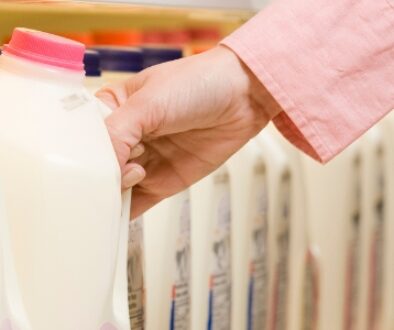Optimize Cheesemaking Via Quality-Minded In-Plant Practices
Cheese is a fermented product, which means that cheesemaking requires the growth of millions of bacteria — we call them starters (to start the acid development) — to acidify the product. Initially, these bacteria originate from the raw milk itself (cow, milker, equipment, etc.).
Starter cultures used in cheesemaking are all lactic acid bacteria, which means they readily grow in milk and ferment lactose (and produce lactic acid). When raw milk was used, cheese quality was variable, as acidification and flavor development depended on the types and amounts of bacteria present in that particular raw milk.
Nonstarters in Cheesemaking
In many kinds of cheese, shortly after the manufacturing stage is complete, the numbers of starters can decrease (due to increased acidity and reduction in available sugar/lactose). Starter activity can also decrease due to salt addition and the use of cool cheese storage temperatures.
Other bacteria, not added to the milk, can then grow and dominate — we call these nonstarters. The number of nonstarters can reach very high levels throughout most of the ripening period, and it is now recognized that they can significantly impact cheese flavor (sometimes in positive ways, but also in negative ways, depending on the type of bacteria). Cheesemakers recognize this challenge, so some plants now add specific (beneficial flavor-producing) nonstarters to the milk — we call them “adjunct cultures.”
Unfortunately, some types of undesirable nonstarters (e.g., heterofermentative lactobacilli) can produce gas and off-flavors in cheese, so plants must pay careful attention to proper pasteurization and sanitation to prevent post-pasteurization contamination of these unwanted bacteria. Some types of nonstarters can form biofilms; once formed, biofilms contaminate milk with which it comes into contact, and specific removal strategies may be necessary to get rid of biofilms. Residual sugars (e.g., lactose or galactose) in cheese can facilitate the growth of nonstarters and thus can be a cause of textural and flavor defects.
Producing Sweeter, Milder Cheese
For some popular cheeses such as cheddar, there has been a recent trend of producing sweeter or milder cheese. One approach employed to make sweeter cheese is to use some thermophilic cultures in the starter culture blend, as they can be selected to slow down their acidification process in cheese/curd before becoming too acidic.
Unfortunately, some of the thermophilic cultures may not use the galactose created from the fermentation of lactose, which provides a sugar source for unwanted nonstarters. Both the starter culture and nonstarters impact cheese flavor development during the aging process. Cheese ripening is a complex process requiring the production of specific flavor compounds due to the action of many different types of enzymes. The source of most of these enzymes is from the starter and nonstarter bacteria.
Challenges for Cheesemakers
Consumer demands for more unique flavors and faster cheese production procedures present challenges to the culture suppliers and cheesemakers. When quality defects occur in a cheese, it can be hard to identify the cause. Next-generation sequencing technologies have become a powerful technique in helping to identify possible bacterial causes of cheese defects.
In many cases, it is not possible to use traditional bacterial plating techniques to identify the contaminant. Producing high-quality cheese requires the farmer to produce high-quality milk, and the cheesemaker must employ excellent sanitation and consistent cheesemaking procedures.
Researchers are constantly looking for ways to make more consistent quality cheese. For example, studies at the Wisconsin Center for Dairy Research have employed filtration techniques to control the amount of lactose in the initial cheese milk. Researchers, suppliers, and cheesemakers also are collaborating to identify causes/solutions to quality defects.
Ongoing research is trying to identify nonstarters that may be involved in flavor or texture defects. In the future, we may also see more beneficial bacteria (e.g., probiotics) added to cheeses to influence our gut microbiome or produce some specific peptides with health benefits.
Keep up to date on current industry news here.
Source: DairyFoods.com




